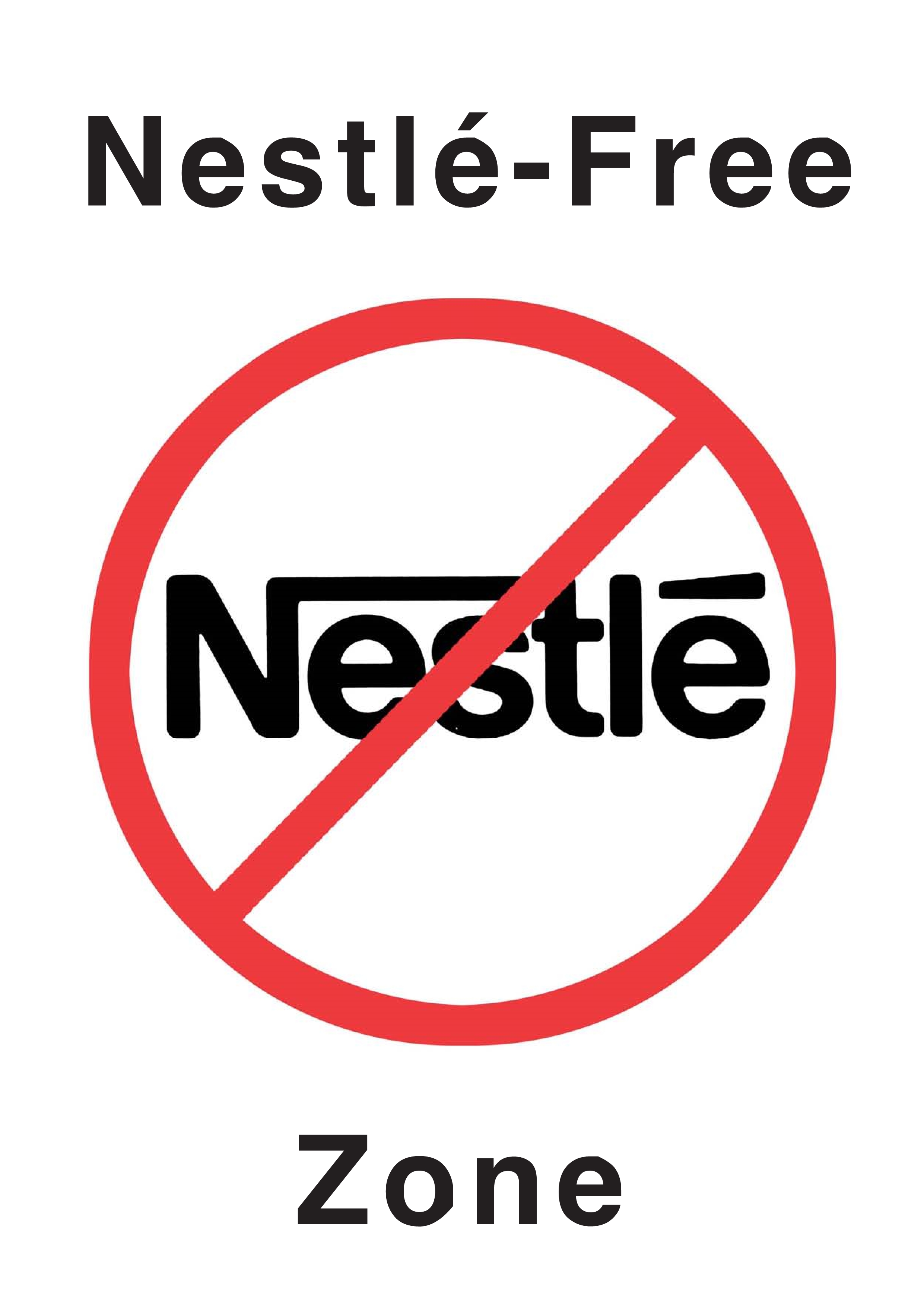International Breastfeeding Journal
Human milk from the breast is the healthiest option for infants. Other sources of nutrition pose some risk to child, maternal, and environmental health. There are significant costs to suboptimal rates of breas...
Most women can produce enough milk to exclusively breastfeed. However, a small cohort are prevented from doing so due to a condition known as primary low milk supply. The aim of the study was to provide new insig...
To evaluate breastfeeding and complementary feeding practices and their determinants among infants and young children in the United Arab Emirates using the 2021 WHO/UNICEF IYCF guidelines.
The WHO/UNICEF global nutrition target for exclusive breastfeeding for six months is at least 70% of infants by 2030. However, global prevalence rates are 48% with variations between countries and within regio...
Despite efforts to promote optimal breastfeeding practices, the practice of exclusive breastfeeding is low in South Africa. We conducted a trial to determine whether text messaging plus motivational interviewi...
The use of Complementary Medicine Products (CMPs) has been increasing worldwide, including among breastfeeding mothers. This study aims to investigate the reasons and associated factors of CMP use among breast...
Emerging knowledge about supportive neurodevelopmental neonatal care shows the need for an individual approach to establish breastfeeding. However, evidence on how cue-based breastfeeding is supported in neona...
Marriage promotes breastfeeding duration through economic and social supports. The COVID-19 pandemic disproportionately affected marginalized communities and impacted women’s employment and interpersonal dynam...
The advantages of breastfeeding for maternal and child health have been widely acknowledged on an international scale. However, there is a paucity of research regarding the effectiveness of paternal support in...
Exclusive breastfeeding (EBF) is defined as feeding infants only breast milk of the mother or a wet nurse for the first six months, without additional food or liquids except the oral rehydration solution or dr...
Early initiation of breastfeeding is defined as giving breast milk to the newborn within one hour of birth. It strengthens the link between mother and child, promotes cognitive development, and lowers the chan...
One in three women will experience Intimate Partner Violence (IPV). Exposure during breastfeeding endangers women’s and children’s health and wellbeing, negatively affects breastfeeding, and violates human rig...
Breastfeeding rates remain below the globally recommended levels, a situation associated with higher infant and neonatal mortality rates. The implementation of artificial intelligence (AI) could help improve a...
The World Health Organization (WHO) aims to achieve a 50% rate of exclusive breastfeeding (EBF) during the first six months of life by 2025. Continuing breastfeeding up to six months is determined by an indivi...
The World Health Organisation states that newborns should receive colostrum as soon as possible after birth. However, among newborns needing neonatal intensive care, initiation of lactation and access to colos...
Non-alcoholic fatty liver disease (NAFLD), characterized by excess liver fat, is common in women with a history of gestational diabetes mellitus (GDM). While breastfeeding improves postpartum lipid levels, its...
Lactoferrin (LF) in human milk has various biological properties and contributes to the prevention of preterm birth complications. Enzyme-linked immunosorbent assay (ELISA) is one of the most commonly used met...
Most Recent Articles: International Breastfeeding Journal
SubscribeFeliratkozás a következőre: International Breastfeeding Journal hírcsatorna

